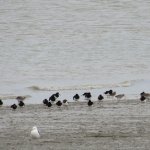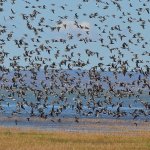The Hemispheric Council of the Western Hemisphere Shorebird Reserve Network (WHSRN) voted unanimously to approve the designation of Kemp Cay to Pigeon Cay in The Bahamas as a new Site of Regional Importance. Excitingly, this new designation adds the 20th country to the Network!
Kemp Cay to Pigeon Cay is an uninhabited site located on the Berry Islands which form part of The Bahamas. The Berry Islands consist of about thirty small islands. The newly designated area includes four cays and the extensive sandy shoals and tidal flats associated with them, covering approximately 1,650 hectares.
Shorebird censuses have been conducted in The Bahamas between 2006 and 2020. These censuses were coordinated by the National Audubon Society, Environment and Climate Change Canada, the United States Geological Survey, the Bahamas National Trust, and many other partners. The data gathered showed that the sandy shoals and tidal flats provide foraging habitat for shorebirds during low tides. The beaches, especially inlets, and the small sand bars provide high tide roosting and resting areas for birds.
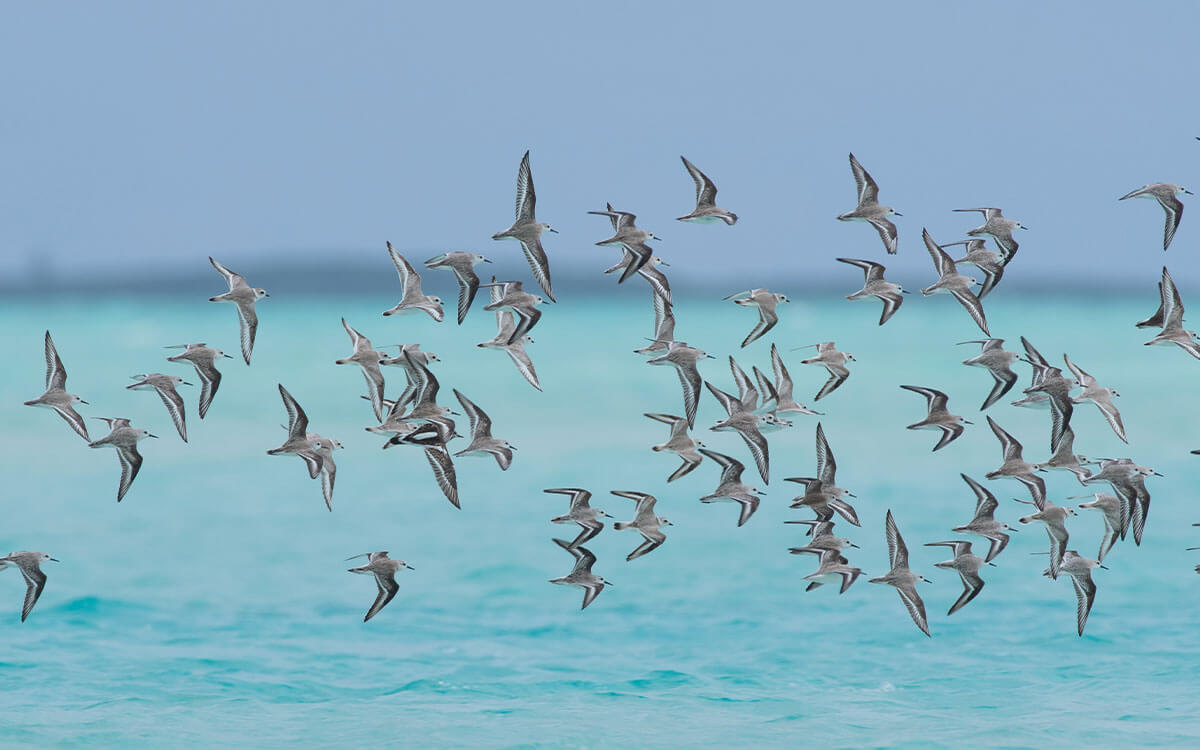
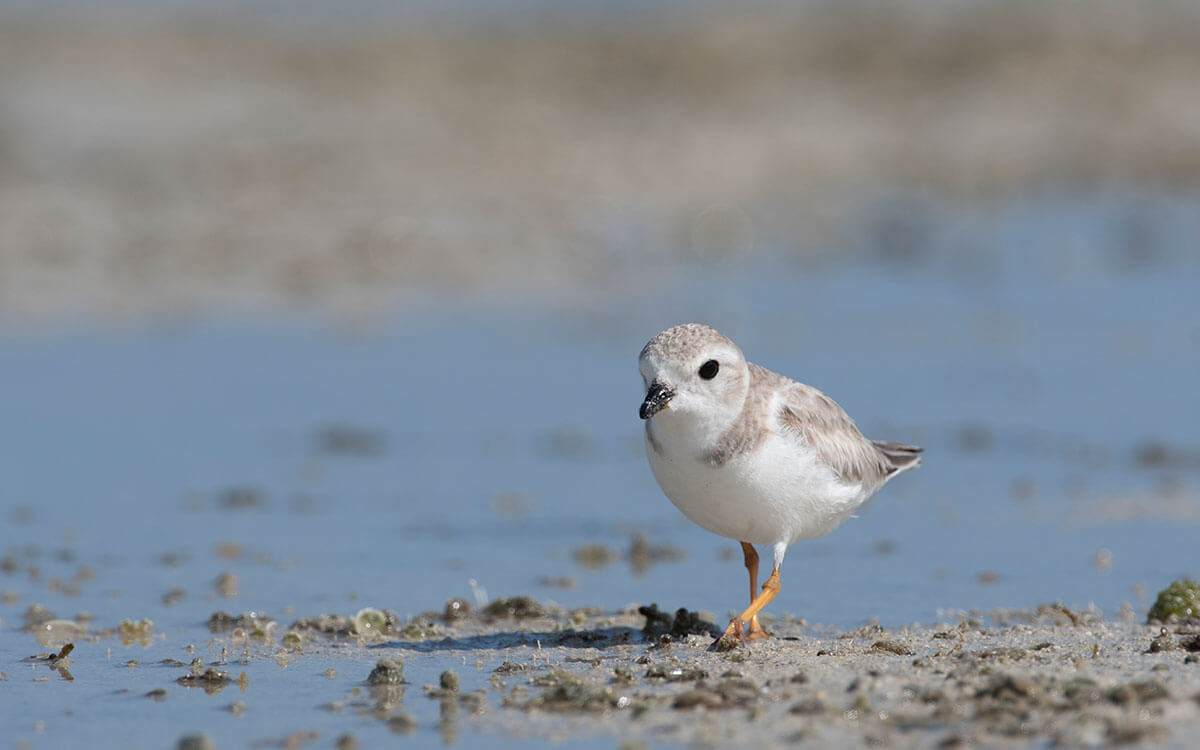
Photos: Piping Plovers at the new WHSRN site in The Bahamas. Photos: Walker Golder.
Specifically, the gathered data showed that the habitats at Kemp Cay to Pigeon Cay provide key wintering habitat for Piping Plovers (Charadrius melodus) that use it for feeding and roosting. The gathered data showed the presence of more than 1% of the biogeographic population of the Piping Plover, enough for a WHSRN designation of Regional importance. Besides the Piping Plover, Kemp Cay to Pigeon Cay supports populations of Red Knots (Calidris canutus rufa), Wilson’s Plovers (Ch. wilsonia) and Black-bellied Plover (Pluvialis squatarola). Large numbers of Sanderlings (C. alba) and Short-billed Dowitchers (Limnodromus griseus) have been also recorded.
Kemp Cay to Pigeon Cay is considered public land (also called crown land by the Bahamian government), therefore, the entities responsible for making management decisions are the Berry Islands Local Council and the Berry Islands Association. The site is not under any category of protection, however, at the international level it is recognized as a Key Biodiversity Area (KBA) and Important Bird Area (BS042 Kemp Cay to Pigeon Cay). The whole area is relatively pristine and there are currently no development plans as the site is difficult to access, especially from land.
The presence of some invasive plant species affecting the quality of shorebird habitat at the site is considered the most worrying threat. Although the area does not have a management plan, the removal of the invasive plant species that cause the deterioration of sand dunes and reduce the size of safe beaches to roost on is a habitat management priority.
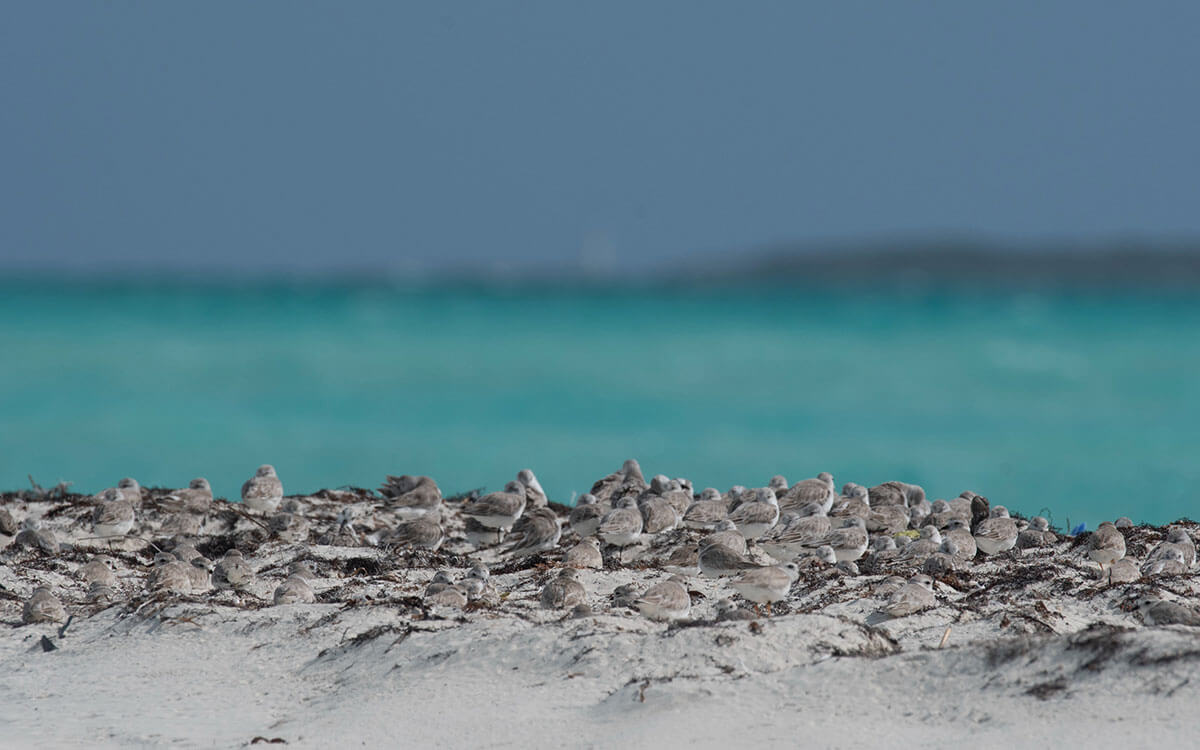
Piping plovers and Sanderlings resting at the new WHSRN Site in The Bahamas. Photo: Walker Golder
The local partners also consider increasing community awareness and engagement in shorebird conservation at Great Harbour Cay, the nearest inhabited site, as a priority. This is because during the consultation processes, it was observed that the local people of Great Harbor Cay are unaware of the relevance of the site for Piping Plovers and other shorebirds. It is believed that raising awareness would be valuable, as the community could support possible future conservation projects or even a possible nomination of the site as a protected area.
Please join us in welcoming Kemp Cay to Pigeon Cay and its partners as the 119th site to the Network!
Cover Photo: Kemp Cay to Pigeon Cay WHSRN site. Photo: Walker Golder.





